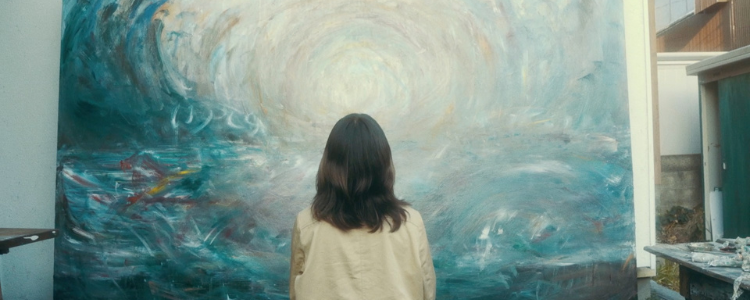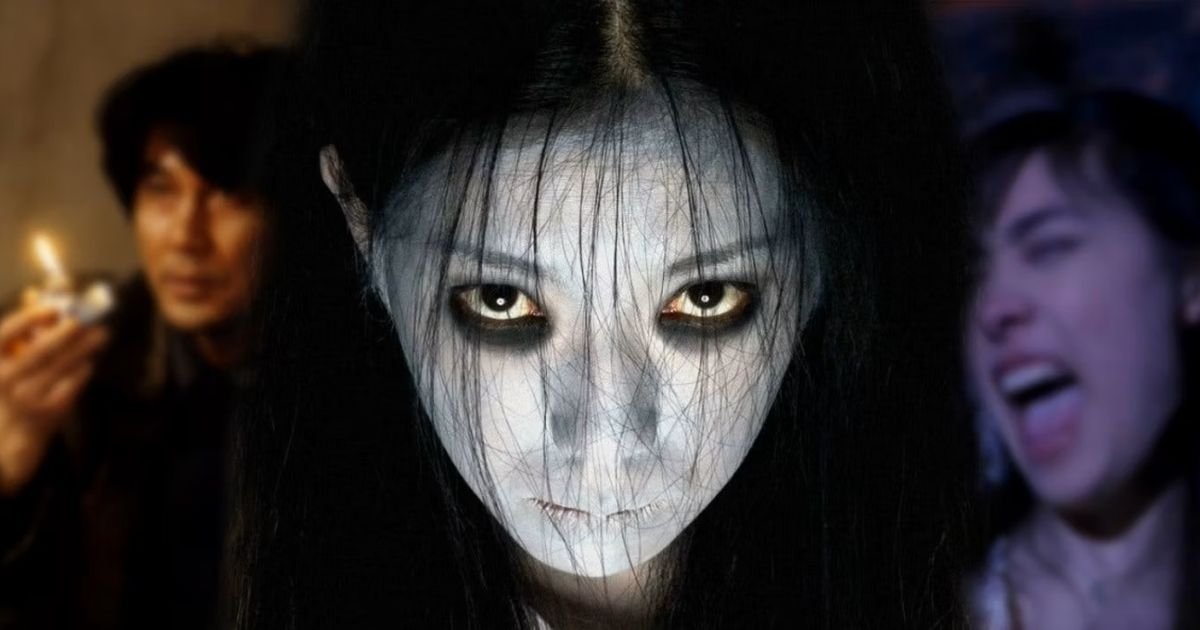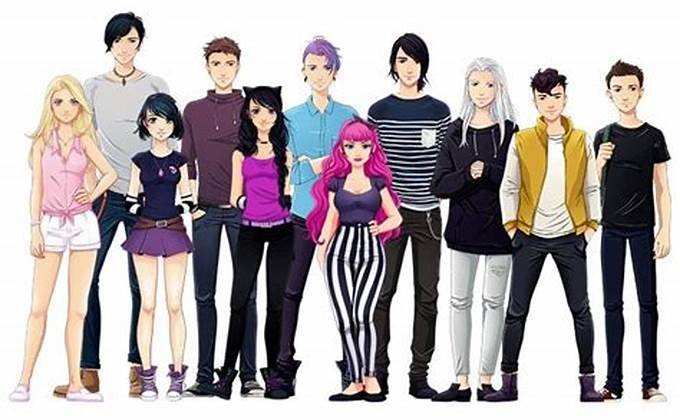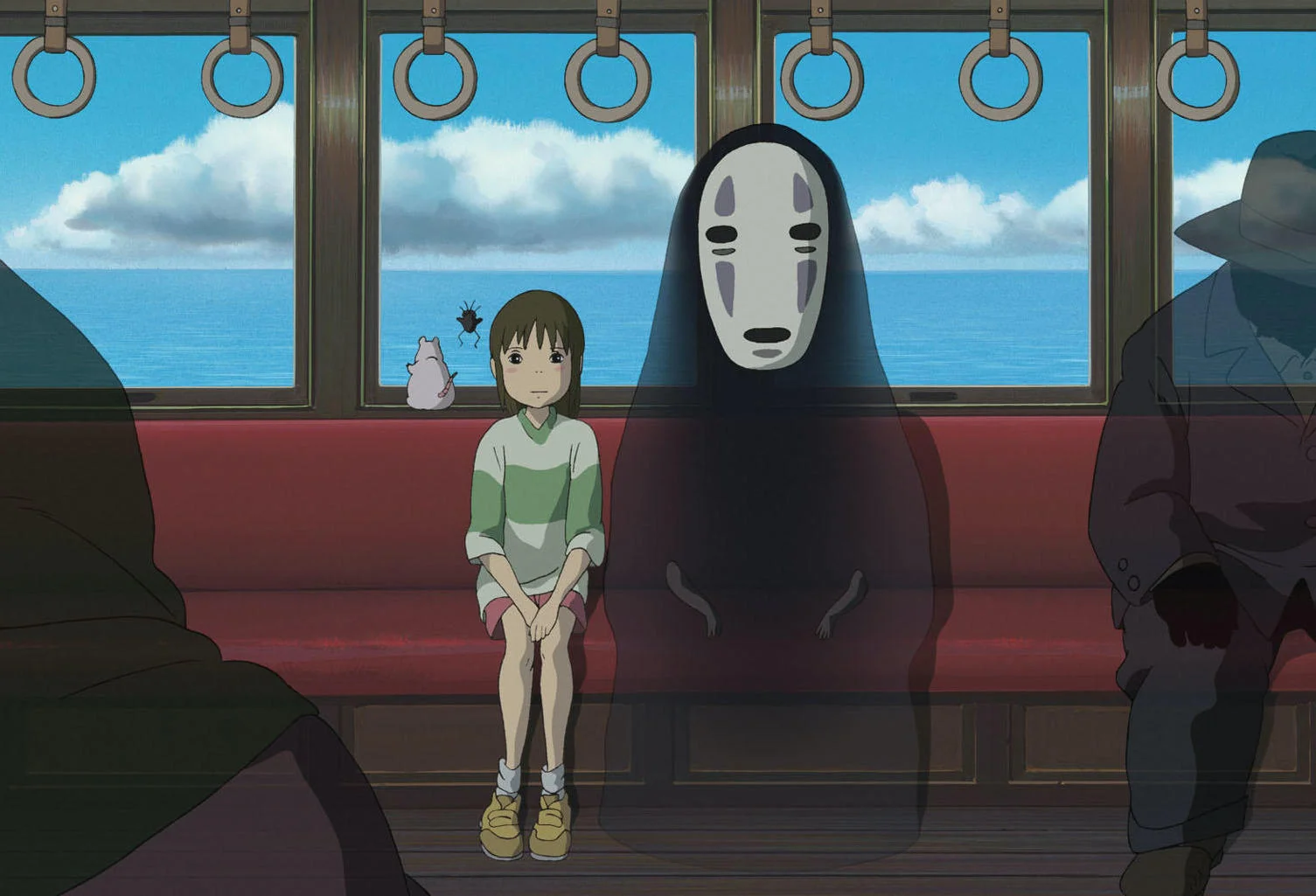Japan’s cinema industry is renowned for its artistic prowess, and while feature films often take the spotlight, Japanese short films are emerging as hidden gems on the global festival circuit. These concise yet impactful works showcase the talent and creativity of Japanese filmmakers, offering powerful narratives, stunning visuals, and thought-provoking themes in a condensed format. Here’s a closer look at how Japanese short films are making their mark at international film festivals.
1. Brevity with Impact: The Power of Short Form Storytelling
Japanese short films, often running between 5 to 40 minutes, pack an emotional punch within a limited timeframe. This brevity challenges directors to convey deep, layered stories through minimal dialogue, strong imagery, and innovative techniques. Whether focusing on intimate human experiences or larger societal issues, these short films capture audiences with their distilled narratives.
Examples:
- “And So We Put Goldfish in the Pool” (2017) by Makoto Nagahisa tells the story of four high school girls who decide to fill their school’s swimming pool with goldfish. The surreal and playful nature of the film, coupled with underlying themes of adolescence and freedom, made it a festival favorite and winner of the Short Film Grand Jury Prize at Sundance.
2. Spotlight on Animation: Japanese Animated Short Films
Just as Japanese animation dominates feature films and series, animated short films from Japan are gaining recognition for their artistic excellence and unique storytelling. These films often combine traditional hand-drawn animation with contemporary techniques, creating visually stunning and emotionally resonant pieces.

Key Films:
- “The House of Small Cubes” (2008) by Kunio Kato won the Academy Award for Best Animated Short Film, showcasing the delicate art of storytelling through minimalist animation. The film explores themes of aging and memory as a man recalls his life while building higher levels to his submerged home.
- “Tsumiki no Ie” (2008), another short that received international acclaim, tells a powerful story about climate change and the passing of time through simple yet emotionally evocative visuals.
3. Emerging Talent: A Launchpad for New Directors
Japanese short films often serve as a platform for new and emerging directors to showcase their talent and gain recognition in the global film industry. Many filmmakers start their careers with shorts, which allow them to experiment with form, narrative, and technique without the pressures of feature-length production.
Notable Directors:
- Ryusuke Hamaguchi, now known for his feature films like Drive My Car (2021), began his career with short films that were showcased at international festivals. His early works laid the foundation for the nuanced, character-driven narratives that would define his later success.
- Takashi Miike, famous for his boundary-pushing feature films, also began his career with short films, experimenting with genres and themes that would later become hallmarks of his directing style.
4. Social Commentary in Bite-Sized Format
Short films are an ideal medium for addressing pressing social and political issues. Japanese filmmakers often use the format to comment on topics such as gender roles, social inequality, environmental concerns, and mental health, offering a reflective lens on contemporary Japan.
Examples:
- “A Japanese Boy Who Draws” (2018) by Masanao Kawajiri is a short that explores the pressure and challenges faced by children growing up in Japan. The film’s meta-narrative, using the format of a comic strip, dives into themes of childhood dreams and societal expectations, making it a standout in festivals.
- “The Abandoned City” (2020) by Yuki Kawamura addresses Japan’s depopulation crisis and the effects of urban decay, offering a powerful narrative within just a few minutes.
5. Japanese Short Films at Major Festivals
Japanese short films are regularly featured in top global film festivals, from Sundance to Cannes, where they often win accolades and attract the attention of international critics and audiences.
Festival Highlights:
- Cannes Film Festival’s Short Film Corner has consistently featured Japanese short films that stand out for their creativity, including works like “Oh Lucy!” (2014) by Atsuko Hirayanagi, which went on to become a full-length feature.
- Sundance Film Festival has also celebrated Japanese shorts, awarding films like “And So We Put Goldfish in the Pool”, which showcased Japan’s stronghold on compelling storytelling in the short format.
6. Fusion of Tradition and Innovation
Many Japanese short films cleverly blend traditional elements with modern innovation. Whether through incorporating folklore, exploring cultural rituals, or showcasing traditional Japanese art forms like noh or kabuki, these films create a bridge between the past and present, offering fresh perspectives on timeless themes.
Examples:
- “The Shining Boy & Little Randy” (2005), which uses traditional Japanese art and symbolism to explore themes of loss and love, merges heritage with modern filmmaking techniques, making it a standout at various Asian film festivals.
Conclusion
Japanese short films are becoming powerful contenders at global film festivals, captivating audiences with their brevity, innovation, and cultural depth. From animated masterpieces to socially conscious live-action pieces, these short films offer a fresh perspective on Japanese cinema, proving that great storytelling doesn’t always require a long runtime. As more Japanese filmmakers embrace the short film format, their impact on the global festival circuit will continue to grow, revealing hidden gems that reflect the heart and soul of Japan.










